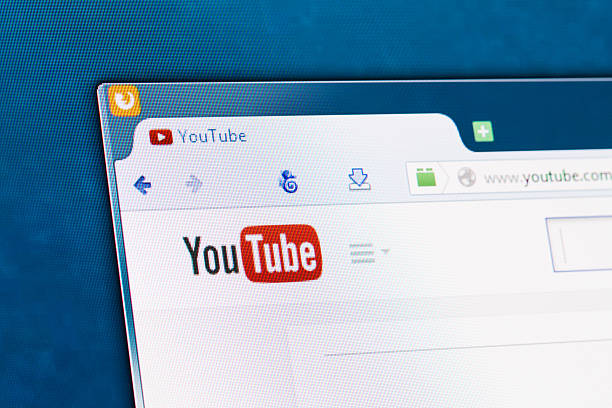If you’re looking to create a one-off video on YouTube, you might not need to put too much planning into it. However, if you’re aiming for YouTube to become a regular path, you’ll need to start thinking long-term.
YouTube has become a powerful platform for content creators to share their passion, knowledge, and creativity with the world. However, creating engaging and successful YouTube videos requires careful planning and preparation. In this article, we’ll walk you through a step-by-step guide on how to plan a YouTube video effectively.
1. Define your purpose and audience
Before diving into video planning, it’s essential to clarify your purpose and identify your target audience. What do you want to achieve with your video? Who are you creating it for? Understanding your goals and audience will help shape the content and messaging of your video. Like with anything, it’s always a good idea to have an end goal.
2. Conduct research
Research is key to planning a successful YouTube video. Take the time to explore trending topics, keywords, and popular content in your niche. Look at what other creators are doing and identify gaps or opportunities where you can add value with your video. See what your competition are achieving and find a gap for you to slot into.
3. Choose a topic and format
Based on your research and audience insights, choose a topic that resonates with your audience and aligns with your goals. Consider the format of your video. Will it be a tutorial, a vlog, a review, or something else? Tailor the format to suit your content and audience preferences. Over time, you can get a feel for the content your audience want to see.
4. Create an outline or script
Once you’ve chosen a topic, create an outline or script for your video. Outline the key points you want to cover, the structure of your video, and any visuals or demonstrations you’ll include. If you prefer, you can write a full script to guide your narration or dialogue. It will help with what to say when you get stuck in your video. Avoid looking too scripted, however.
5. Plan visuals and B-roll
Visuals are crucial for engaging your audience and conveying your message effectively. Plan out the visuals you’ll need for your video. Including any B-roll footage, graphics, or images. Consider how you can use visuals to enhance storytelling and keep viewers interested. Backgrounds, images and other visuals can make or break a video.
6. Gather equipment and resources
Depending on the type of video you’re creating, you may need specific equipment and resources. This could include cameras, microphones, lighting, editing software, props, or costumes. Make sure you have everything you need before filming to ensure a smooth production process. Practise with the equipment before recording the final footage.
7. Set up your filming space
Create a dedicated filming space that is well-lit, quiet, and free from distractions. Set up your equipment, props, and any other resources you’ll need for filming. Test your audio and video quality to ensure everything is working correctly. Watch test videos back multiple times to ensure your set-up is camera ready. Otherwise, you’ll have to re-shoot entire videos.
8. Plan your filming schedule
Plan out your filming schedule to make the most efficient use of your time. Break down filming into manageable segments, and allocate time for setup, filming, and any retakes or adjustments. Consider factors like natural lighting and weather conditions if filming outdoors. Again, test over and over. Plan time for test shoots. It’s important to get it right.
9. Rehearse and practice
Before filming, take the time to rehearse and practice your delivery. Familiarise yourself with your script or outline, and practice speaking naturally and confidently on camera. Rehearsing can help reduce nerves and ensure a smoother filming process. You need to feel comfortable in front of a camera, otherwise it will show, and your audience will notice.
10. Finalise your plan and checklist
Review your plan and checklist to ensure everything is in place for filming. Double-check your equipment, props, and resources, and make any final adjustments as needed. Having a comprehensive plan and checklist will help keep you organised and focused during filming. If you know what you’re doing, then the process won’t seem overwhelming.
Planning a YouTube video requires careful thought, preparation, and attention to detail. By defining your purpose, researching your audience, choosing a topic, creating an outline, and planning visuals and resources, you can set yourself up for success. Remember to stay flexible and adaptable as you film, and don’t be afraid to experiment and iterate with your content.




